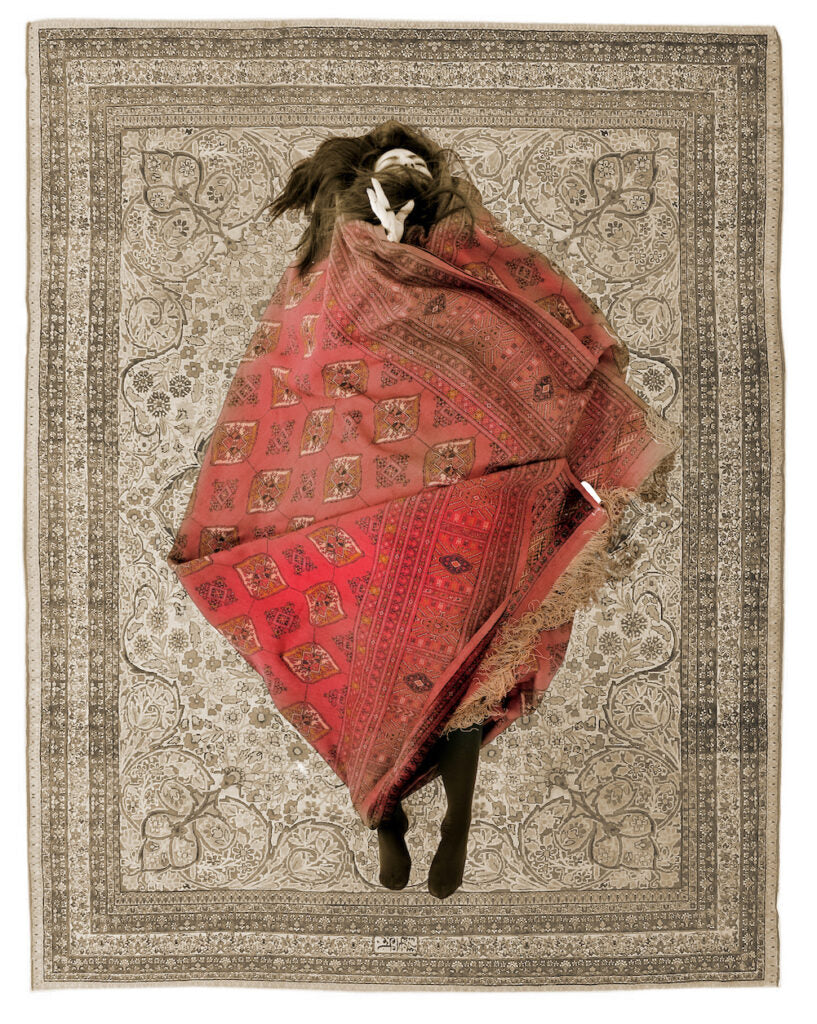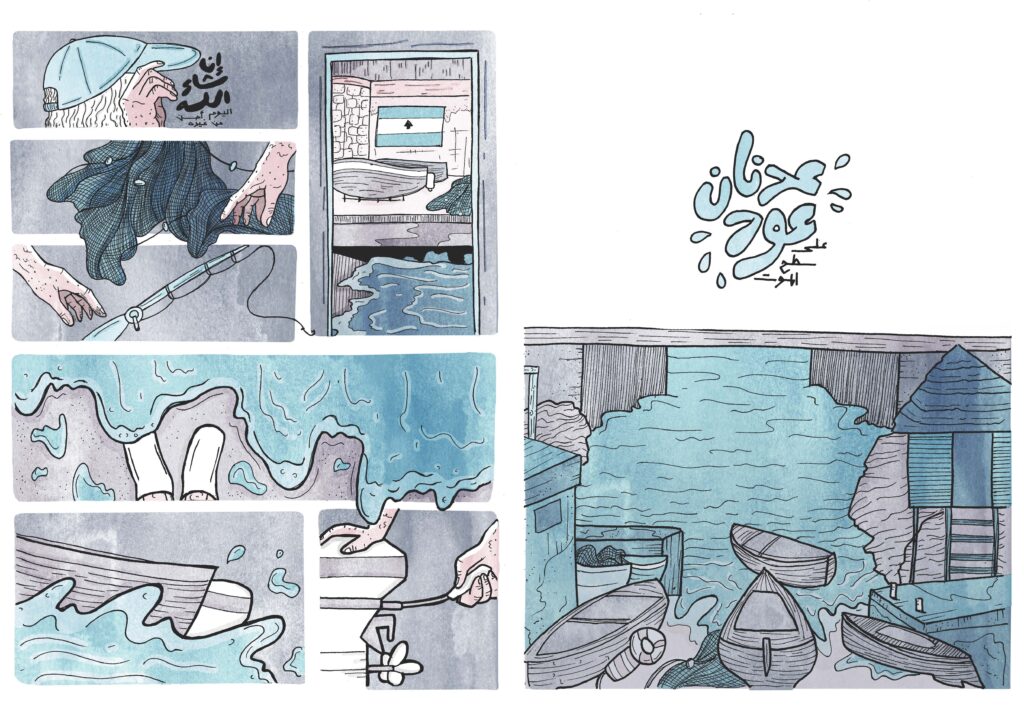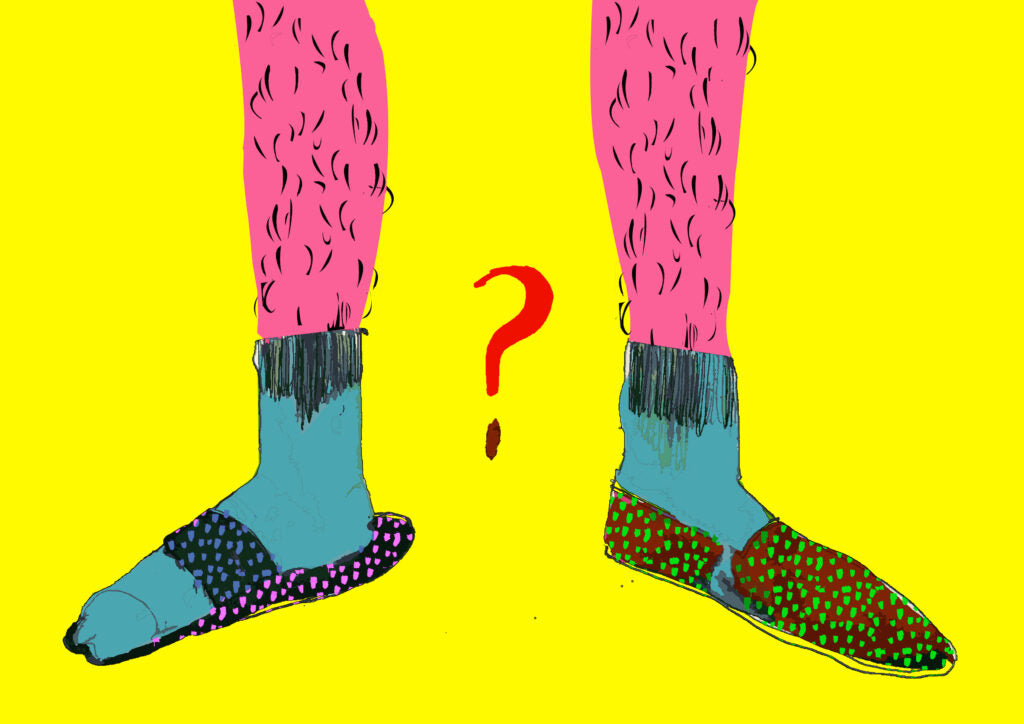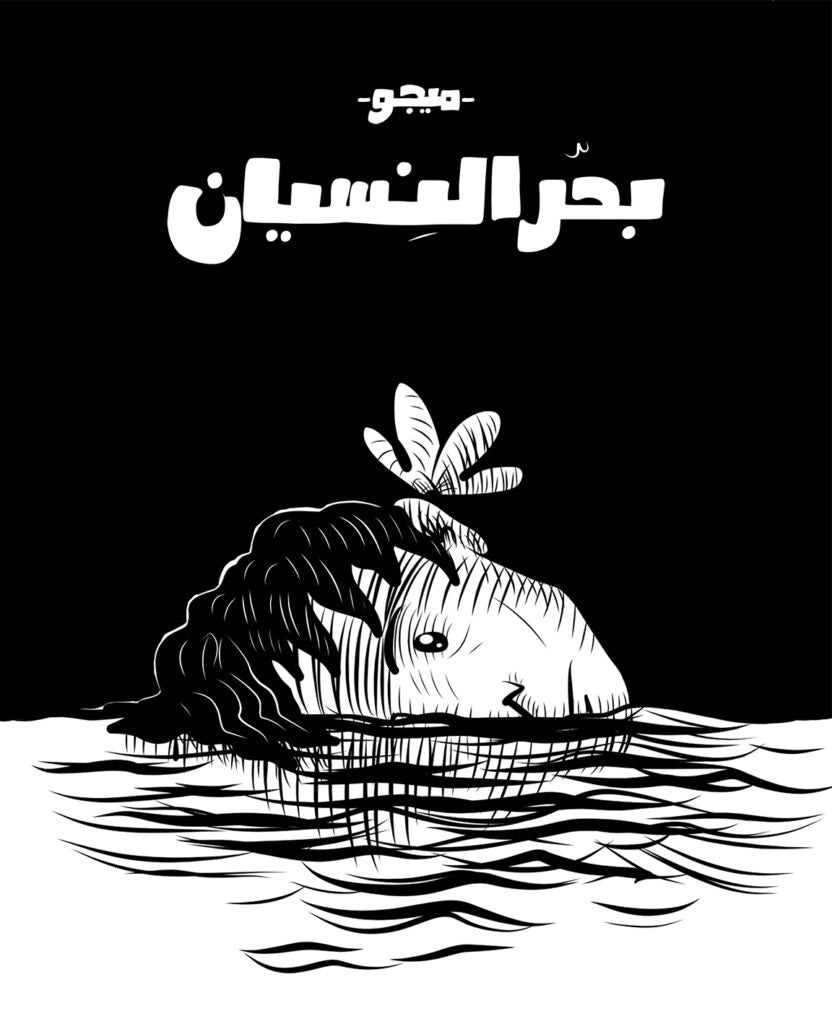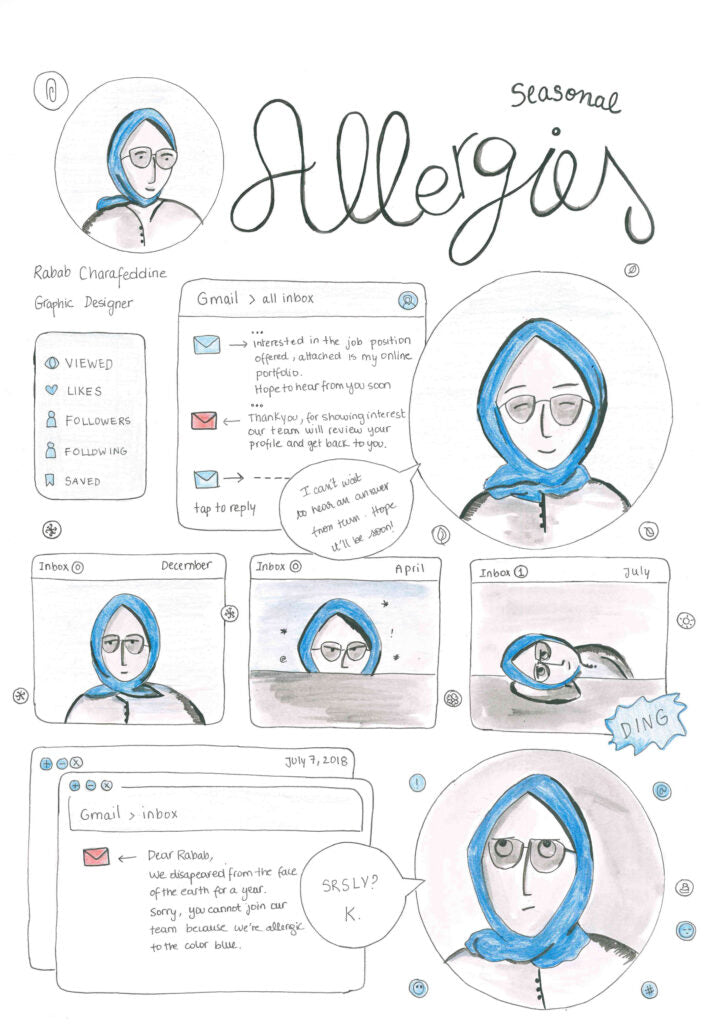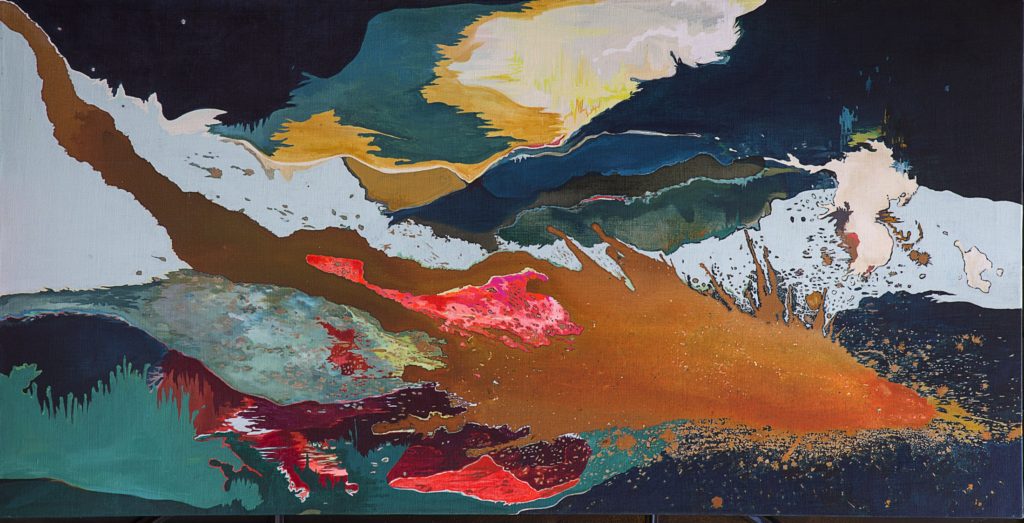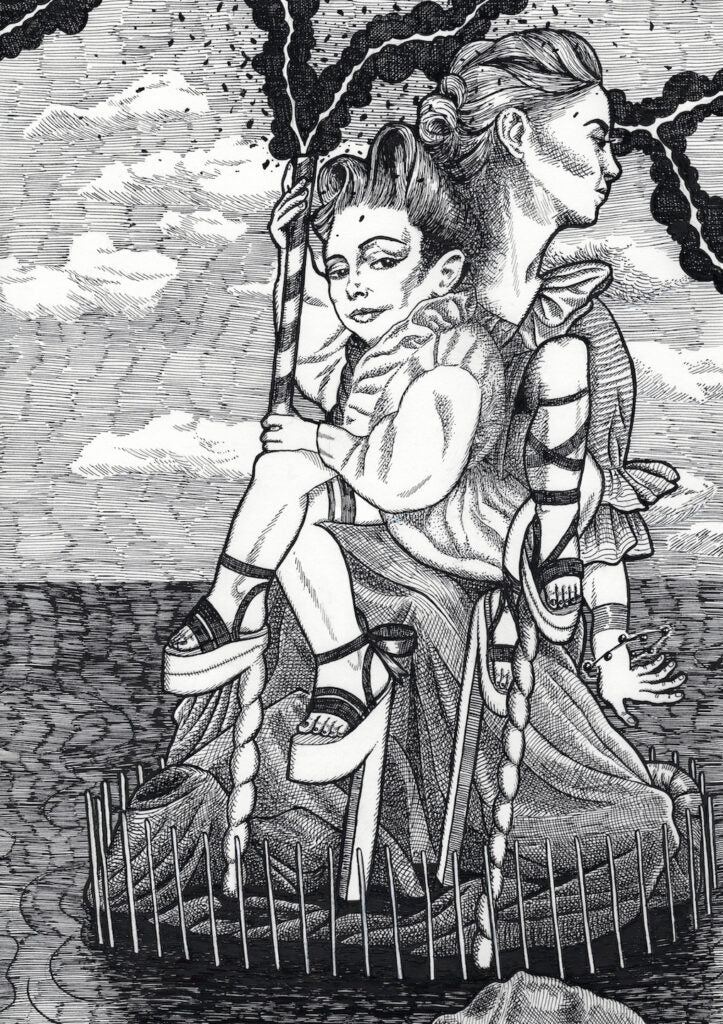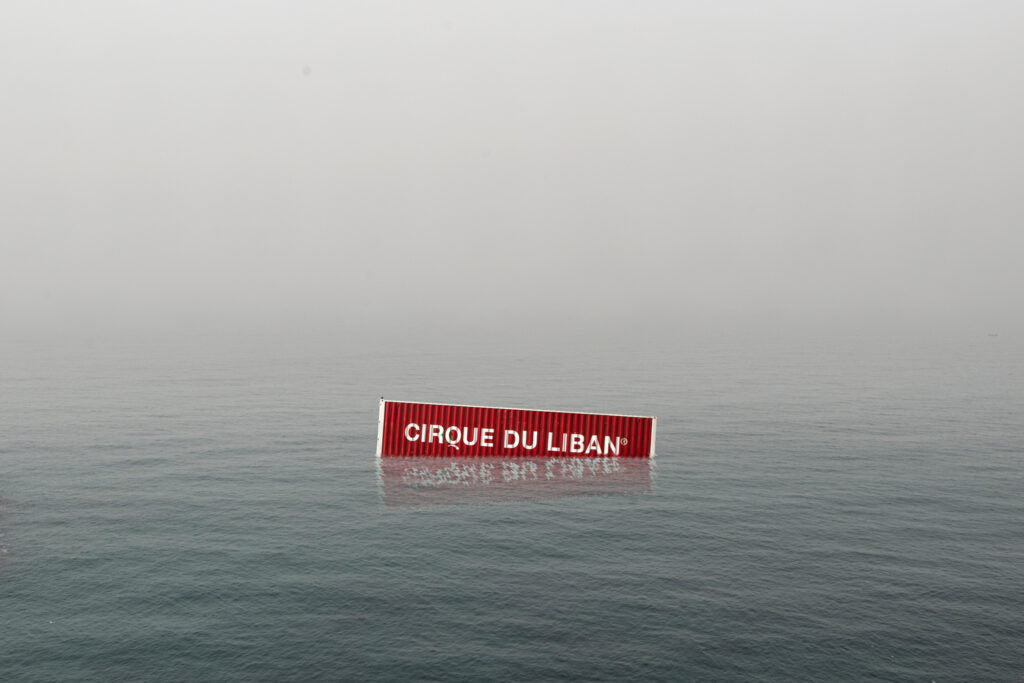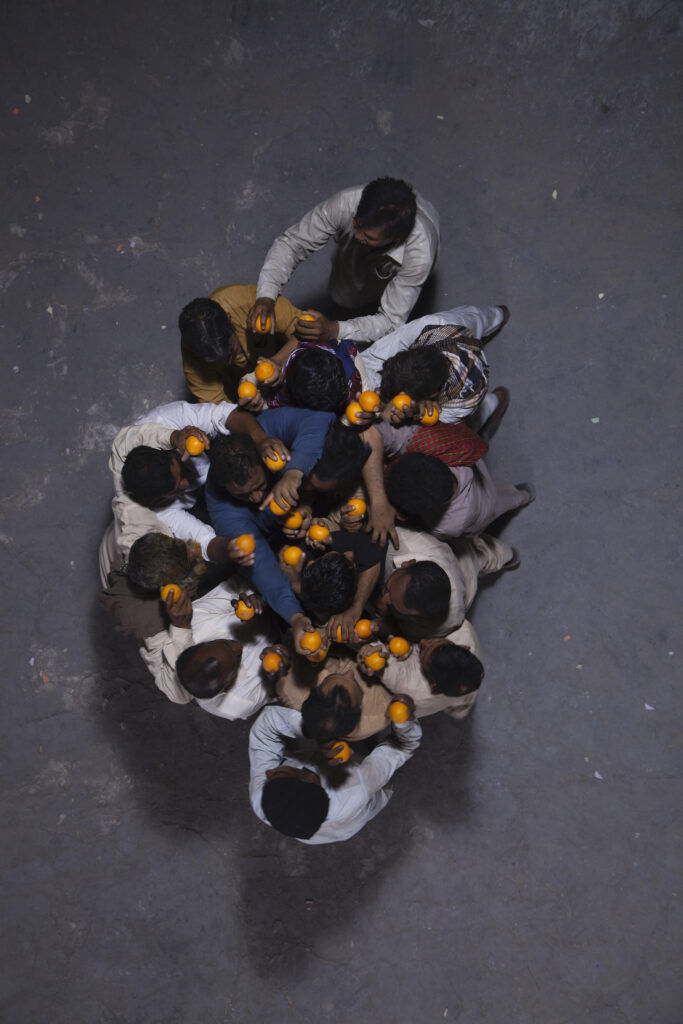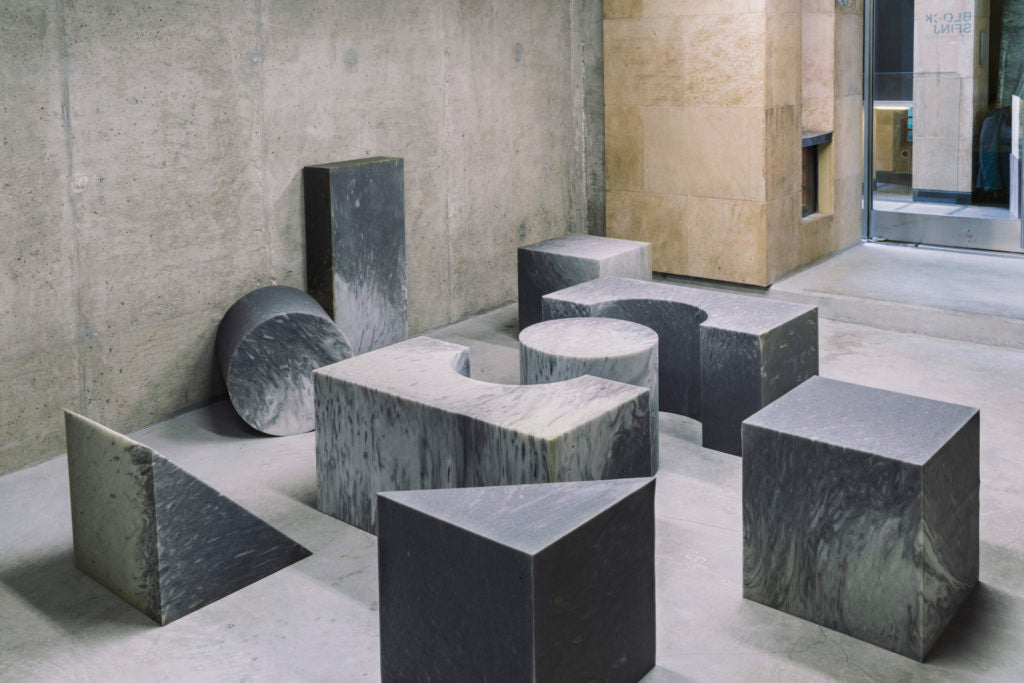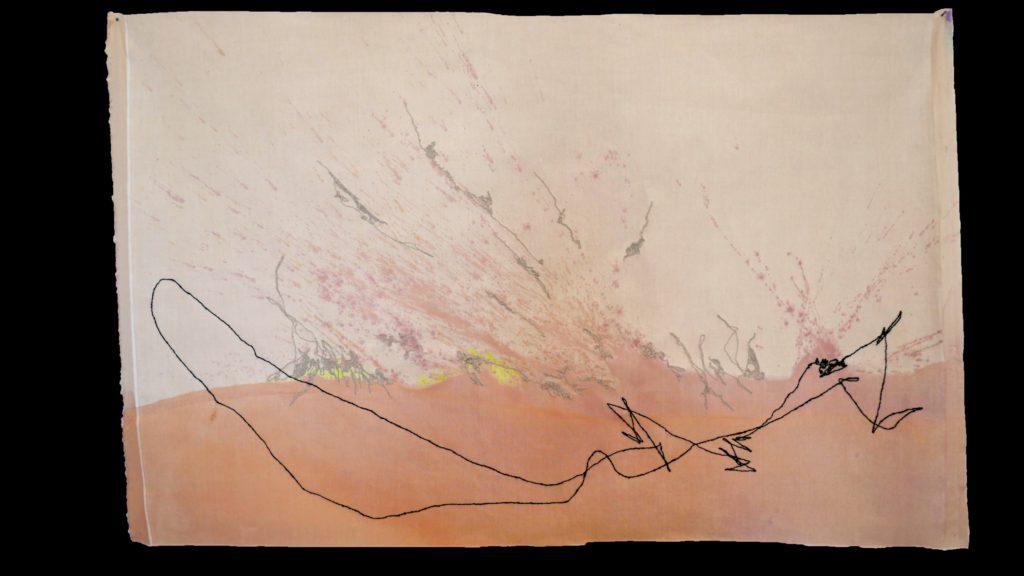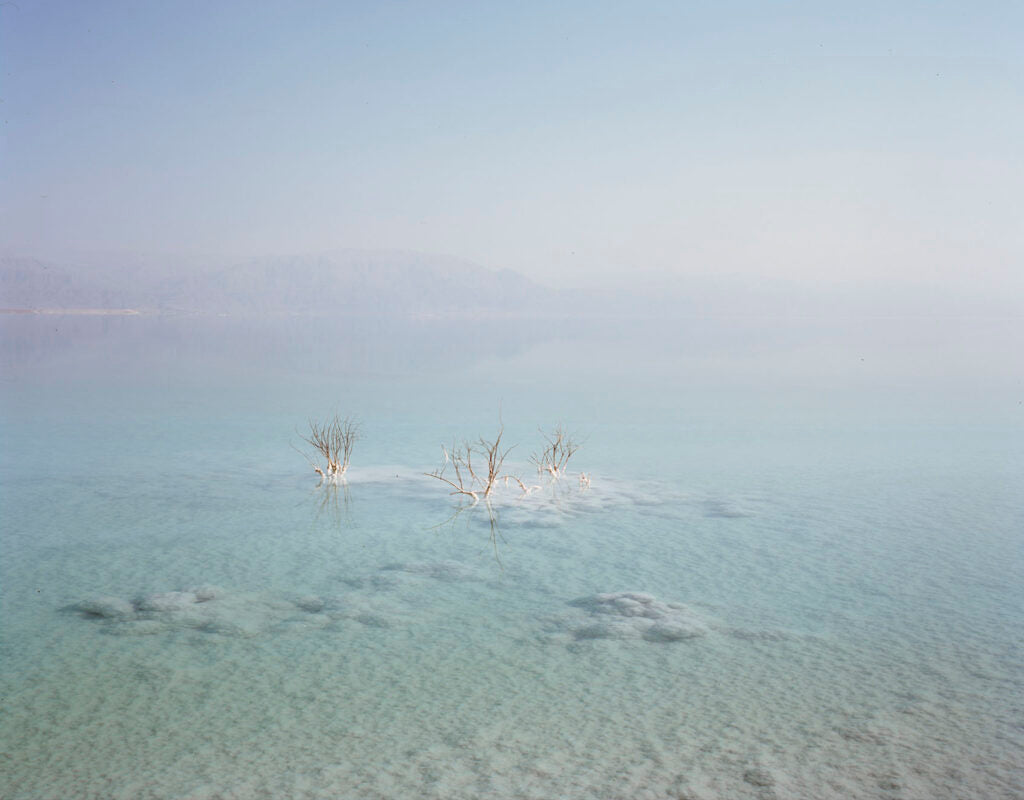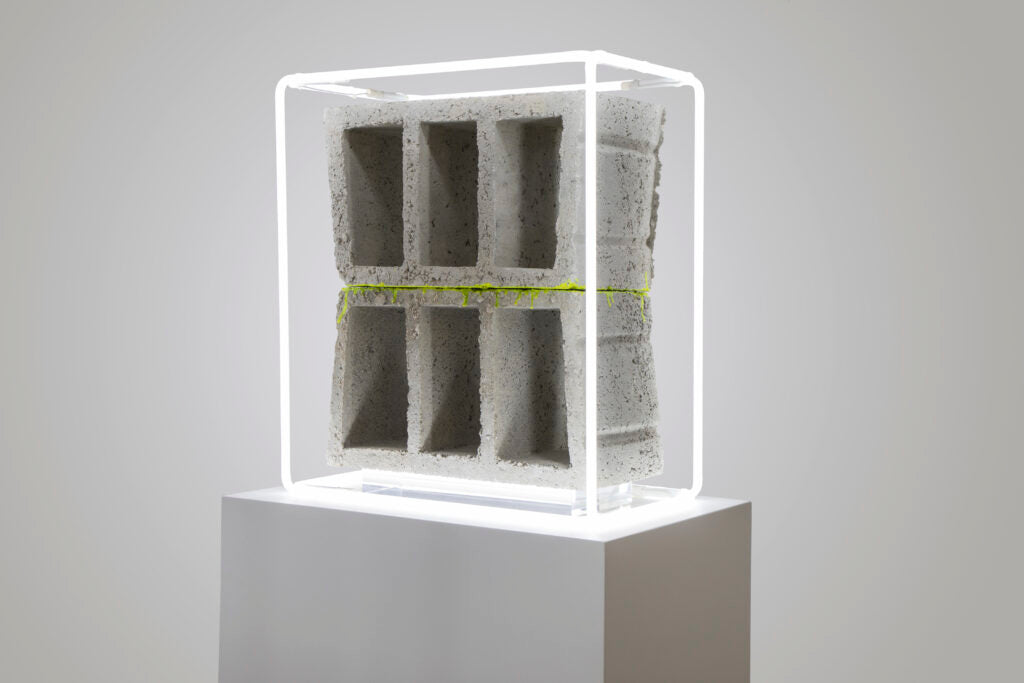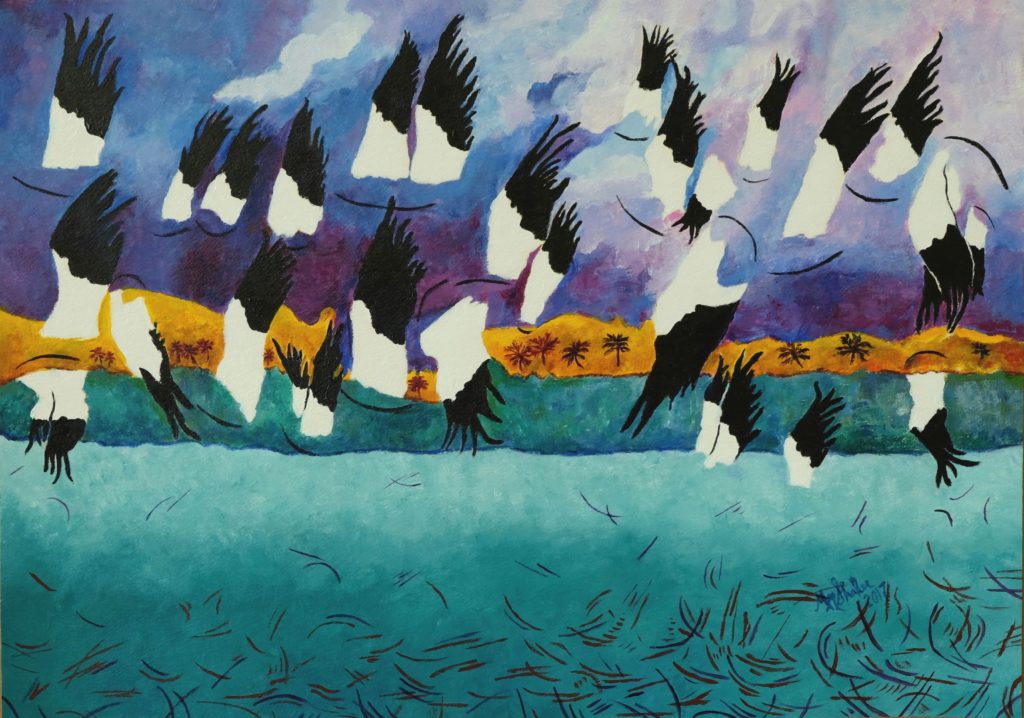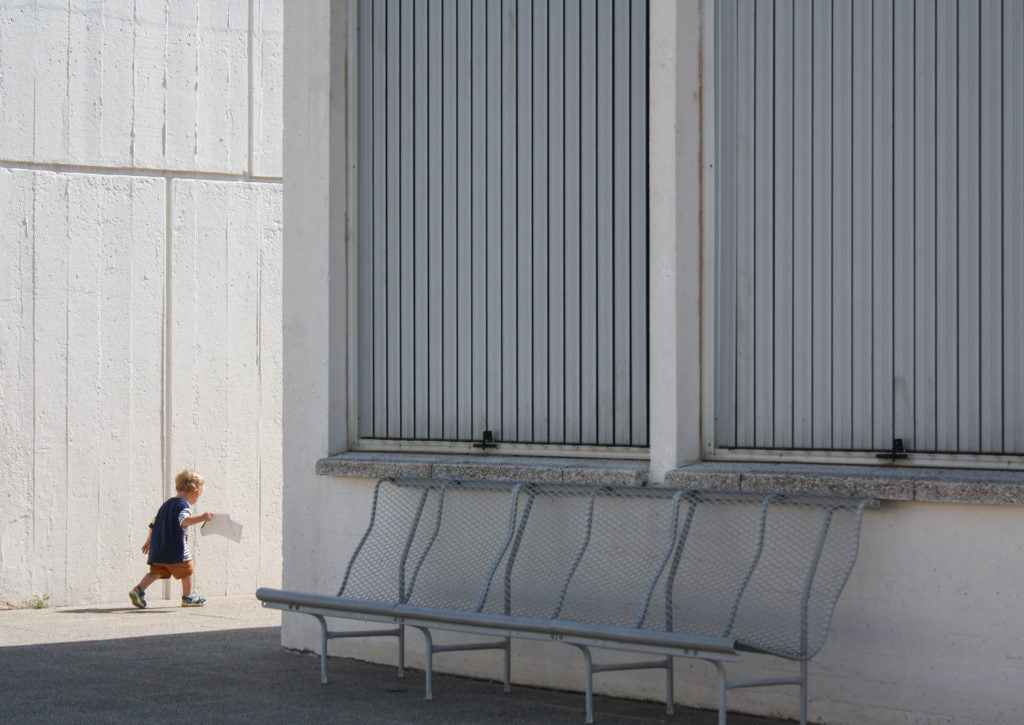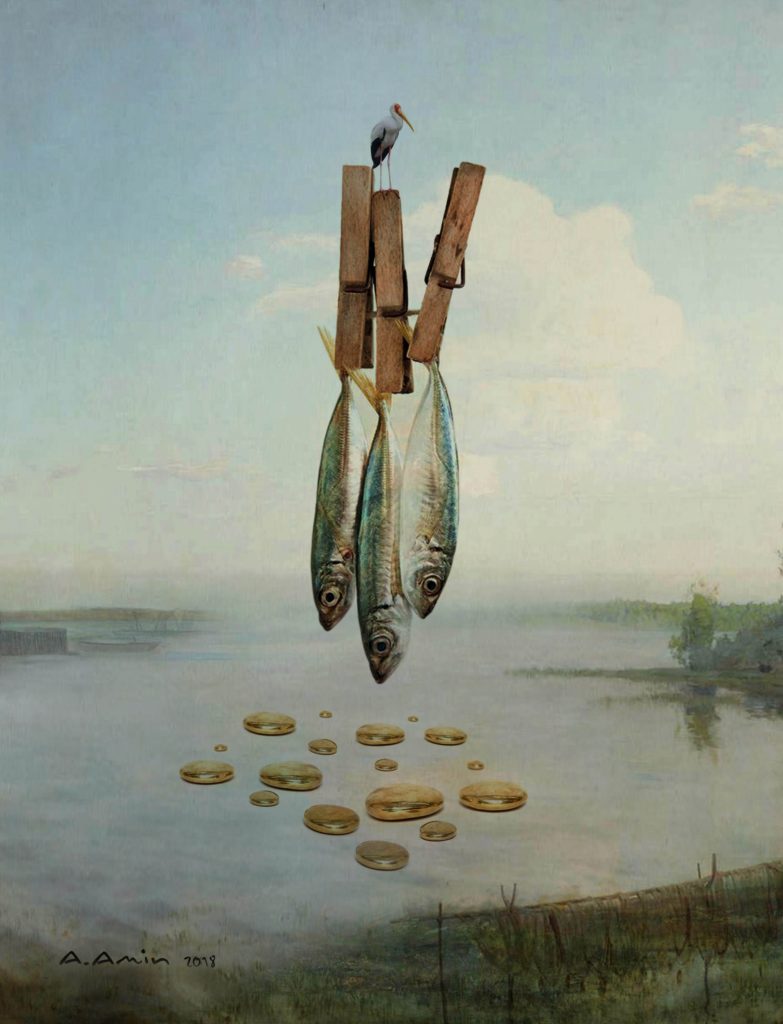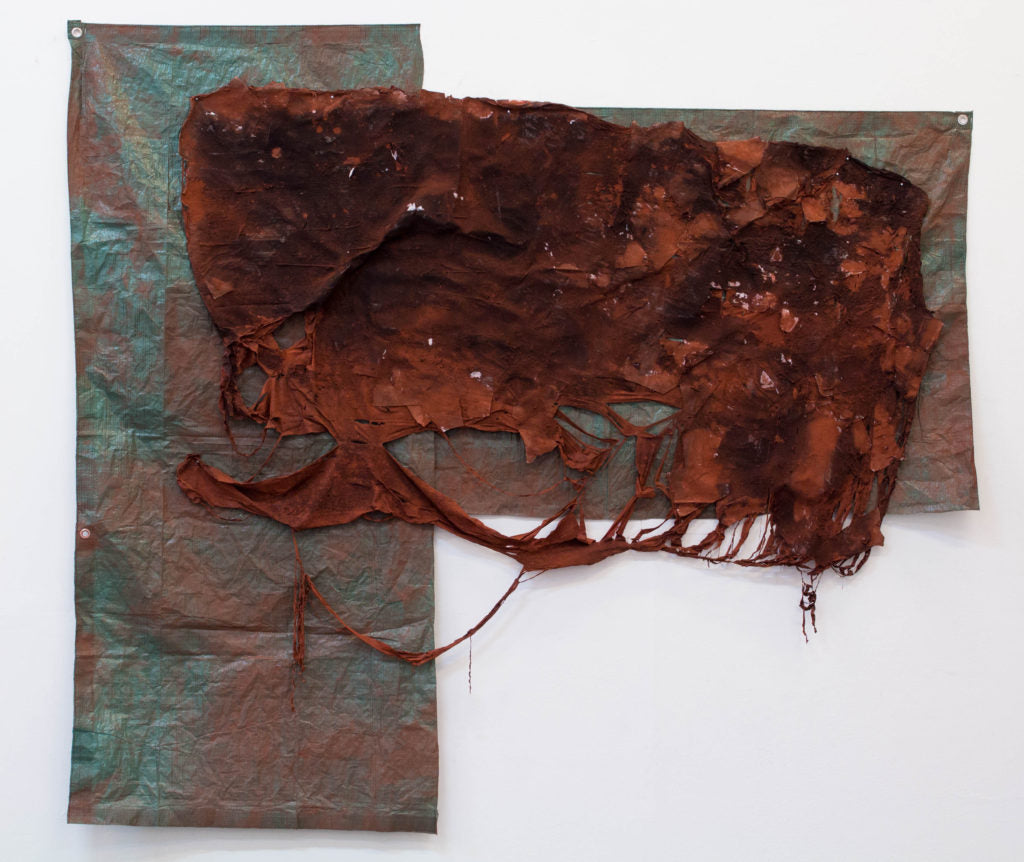Waziz Publishing
Rusted Radishes: Sea Change - Issue 8 مجلة بيروت الأدبية والفنية: تغير كالبحر - الإصدار الثامن
Rusted Radishes: Sea Change - Issue 8 مجلة بيروت الأدبية والفنية: تغير كالبحر - الإصدار الثامن
Couldn't load pickup availability
في هذا الاستخدام الأصلي، تُصبح عبارة "تغير البحر" "شيئًا غنيًا وغريبًا"، كما تُصبح العظام مرجانًا والعيون لآلئ. يوضح زميلنا، البروفيسور ديفيد كوريل، أن هذا التلميح المجازي "يُحوّل صورة الموت في الذهن إلى سطح متلألئ من ثراء غريب... لذا، تُغنّى عبارة "تغير البحر" من قِبل كائن سحري، مما يُضفي على العبارة... قوة خارقة للطبيعة، حتى وهي تُستحضر عنصر البحر الطبيعي"
يُعيد موضوع هذا العدد، "تغير البحر"، باعتباره تحوّلًا استثنائيًا في المنظور وتلميحًا إلى بيئتنا، إلى ترجمته الأصلية في رواية "العاصفة". في لبنان، شهدنا التحول البيئي الفعلي لبحرنا على مدى السنوات القليلة الماضية بسبب التدخل البشري والإهمال، بالإضافة إلى المغامرة الرأسمالية التي وضعت حجر الأساس له. كفريق تحرير، أردنا أن نحتفي بالبحر ونُعرب عن حزننا عليه، وأن نُشيد بحضوره الهائل. في دعوتنا، سعينا لاكتشاف التغيرات البحرية التي يرغب المساهمون في رؤيتها ومشاهدتها تتجلى في حياتهم
الجانب الأبرز في مجموعة الأعمال الإنجليزية هنا هو تصوير البحر ككيان جماعي عنيف، "عاصف" كما يصفه فيليب ميتريس في قصيدته "البحر، المشغول والعاصف"، والذي يجب الوثوق به أيضًا لابتلاع أحزان البشر، واستيعاب الأجساد. في الصفحات الأولى، ستجد صراعًا بين الخيال الفيروزي الصافي لبحارنا والبحار المثقلة بمياه الصرف العاطفي والموت والنفايات. فكرة أن البحر مكب نفايات - لمشاعرنا ونفاياتنا وأجسادنا - تتردد في الأذهان
تبرز جاذبية البحر التي لا تُنكر وعناصره بين مفاهيمه الغامضة: "صفيحة من الياقوت"، كما تصفها ماري باين كامبل في قصيدتها "مساء على البحر، أو قيامة"، وهي قصيدة مستوحاة من زيارة إلى البترون. أو مكانٌ "تختلف رائحته" في قصيدة جوليا غولبينوفيتش "بحارنا": "رائحة الشقق عند صدأ ذلك البحر". أو نسيجه كما وصفه حميد أوياشي في قصيدة "سيمار": "هواء البحر يزهر ويحرق كرجل حرب"
ثم هناك الأسطح الصلبة المميزة التي تظهر على الصفحات - رمادية/خرسانية/مدنية - على النقيض من ذلك، لكنها في الواقع على تماس مباشر مع البحر، فحيثما يوجد بحر في عاصمتنا، توجد الخرسانة. يمكنك رؤية الرمادي/الخرساني/المدني في أعمال ناثانيال راكو، وكلوي حُجيلي، وبلوكسفينج، وفي غلافنا الفني الجميل الذي صممه وأبدعه فريق التصميم الطلابي لدينا
In this original usage, the “sea-change” becomes “something rich and strange,” as bones become coral and eyes become pearls. Our colleague, Professor David Currell, explains that this metaphorical allusion “transforms a mental image of death into a glittering surface of strange richness…So ‘sea-change’ is sung by a magical being, which gives the phrase…a charge of supernatural power even as it evokes the natural element of the sea.”
The theme of this issue, “Sea Change,” as an extraordinary shift in perspective and an allusion to our environment, harkens back to its original rendering in The Tempest. In Lebanon, we have witnessed the literal environmental transformation of our sea over the past several years due to human interference and negligence as well as the capitalistic adventurism that has laid bricks on the sea. As an editorial team, we wanted to celebrate and mourn the sea, to acknowledge it for its enormous presence. In our call, we sought to discover the sea changes contributors want to see and witness rippling in their lives.
The most striking aspect of the collection of work in English here is that the sea is represented as a mass violent entity, “tempestuous” as Philip Metres calls it in his poem “The Sea, Wrought & Tempestuous,” that must also be trusted to swallow human sorrows, to take bodies in. On the first pages, you will find a clash between the clear turquoise imaginative of our seas and the seas heavy with emotional sewage, death, and waste. The idea that the sea is a dumping place – for our emotions, waste, bodies – resonates.
The sea’s undeniable allure and elements surface in between the ambiguous notions of the sea: “A sheet of sapphire,” as Mary Baine Campbell describes in her poem “An Afternoon by the Sea, or, Resurrection,” a poem inspired by a visit to Batroun. Or a place it “smells differently” in Julija Gulbinovic’s poem “Our Seas”: “the smell of apartments by that sea rust.” Or its texture as described in “Seamare” by Hamid Ouyachi: “The sea air blooms and stings like a man o’war.”
Then there are the distinctly hard surfaces that arise on the pages – gray/concrete/urban – in contrast, but they are in fact in direct contact with the sea because where there is sea in our capital, there is concrete. You can see the gray/concrete/urban in artwork by Nathaniel Rackowe, Chloe Hojeily, Blocksfinj, and our beautiful cover art which was conceptualized and created by our student design team.
We cannot speak of sea change without speaking of the men who depend on the sea to live. In “The Fisherman” by Mario Jamal, one fisherman asks another “What are you baiting with?” The answer is “Yesterday’s dollar.” Meanwhile, only the invocations of zajal poetry bring a swamp of fish to the corniche. The fishermen shortly after walk along its cold tiles and throw their lines over the edge. In Amanj Amin’s illustrations, “Fish” and “Whale,” earth, sea, sky, and creature all come together in one seamless space.
There are many other iterations of sea change in this section. Rabab Charafeddine alludes to the sea change that has yet to come in her graphic narrative “Allergies.” In “Cracking the Code: An interview with Lisa Luxx,” Lisa talks about “how to be a tide” within the greater shifts that encompass one’s life. Faig Ahmed reimagines the Oriental carpet and completely challenges our expectations of it. There are snapshots of emotional sea changes apparent in Riwa Roukoz’s “I Don’t Like Bars” and “The Shine Dies Over the Meadow,” by Deema K. Shehabi.
After seven years of publishing in English with occasional Arabic texts, we now have two sections in our commitment to Arabic literature alongside English. This marriage is one that changes the journal and its purpose immensely. It speaks to the multiplicity of our intellectual, literary, and artistic lives. We cannot turn back.
There is a lead up to transformations that is felt on a minute level, daily, invisibly like the formation of glass weathered by sea water. It usually takes about thirty years for dumped glass that is crushed, broken, shattered to become beautiful pieces, similar to jewels strewn along the shore. These transformations can only be seen after time, from a vantage point that asserts that the shore they end up on was the inevitable destination.
On October 17, a little over a month before the publishing of this issue, and precisely five days before the thirty-year anniversary of the Taif Agreement, which drew out the basis for ending the civil war and was a power-sharing plan meant to eventually dissolve the political sectarianism that had murdered the country, Lebanon’s sea change washed over the country. People filled all the squares from north to south demanding that this thirty-year tenure come to an end. Since that day, we have not left the squares. In Beirut, the reclamation of downtown feels like a right; it feels like a necessity in our bones. Everything we do today is in relationship to the square, the site of the sea change: the collective belief that we do have a say in our future as a country.
We have always considered Rusted Radishes a particular space for voices from Lebanon and the Arab region and its diaspora. The assumption is that there is a claiming of space alongside a cadre of writers and artists whose identity, subject matter, or life – their art – is rooted in this part of the world. This space that we have claimed as ours is small, and we feel a right to it, without arrogance, but simply to say we are here and we have something to say.
الفئة العمرية : الكبار
الترقيم الدولي : 9789770001316
632.5 : الوزن بالتغليف (جرام)

